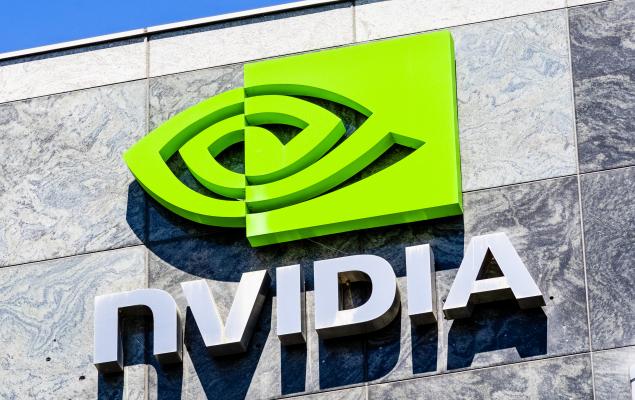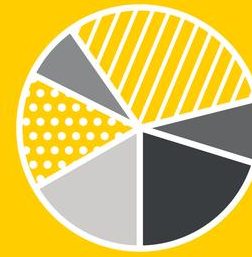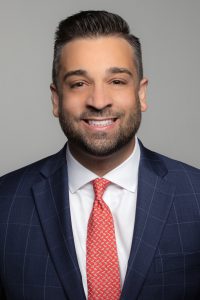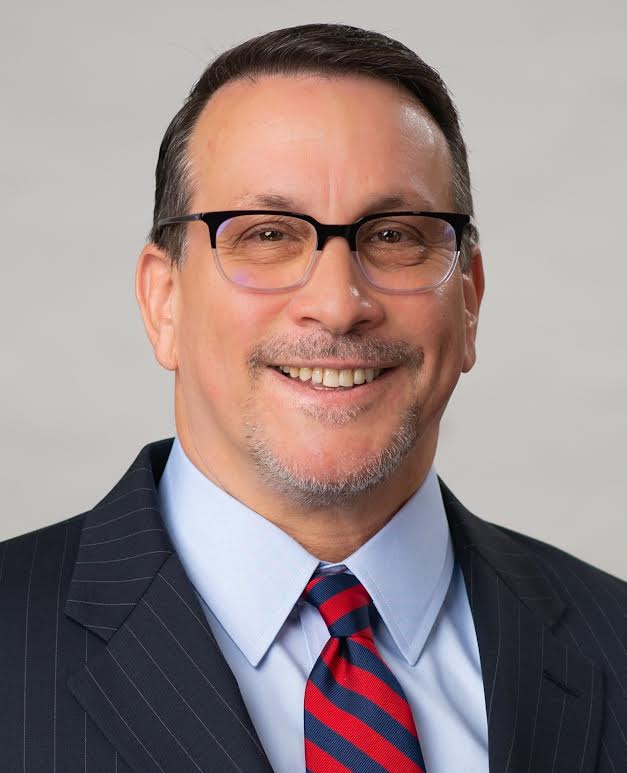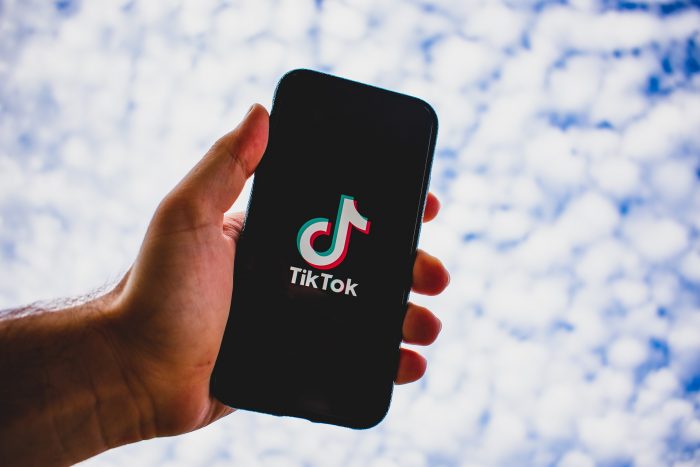By Michael E. Russell

As we start off summer with a beautiful Memorial Day weekend I think back to the many sacrifices of the men and women who served in our Armed Forces. They fought to defend our freedom and defeat tyranny all over the globe. I especially think about my father-in-law, Dr. Sherman Mills, who served in Europe during WWII.
Dr. Mills was a D-Day surgeon who survived Normandy and the march into Germany. Upon discharge he came home to Long Island and worked as a physician in Port Jefferson, attending to patients in his office, at their homes and at St. Charles and J.T. Mather Memorial Hospital; a man of the greatest generation. Papa, you are missed.
Well, how is your money doing? For those of you who have followed my articles over the past year, I repeatedly spoke of the company NVIDIA. Ring a bell? NVIDIA invents the GPU and advances in Artificial Intelligence (AI), HPC, gaming, creative design, autonomous vehicles and robotics. Their stock was trading at $122 on October 14, 2022. It closed this past Friday at $389.46. This past Wednesday the stock surged by $81, an increase of 29% in one day.
NVIDIA’s remarkable increase in value represents the emergence of a new American corporate giant. Its market value is now more than $1 trillion. It now joins the likes of Apple, Microsoft and Amazon. Over the last ten years, NVIDIA’s shares have risen more than ten thousand percent, the best performance of any company in the S & P 500 over that period. Incredible numbers, but here are some other numbers to look at.
Tesla, at its peak in November 2021, was up 19,000 percent over the prior 10 years. However, ten thousand percentage points of that gain have disappeared as reality has hit home. NVIDIA, as well as other semi-conductor companies, are in a remarkably lucrative spot in our technology ecosystem. Their silicon chips are in high demand, whether it be cloud-computing, crypto, or, God help us, AI.
Is the horse out of the barn or is it still a place to invest? Just remember, pigs get slaughtered. For those of you who own this stock, it may be wise to take some money off the table or put in some stop–losses.
As I write this it appears that house speaker Kevin McCarthy and President Joe Biden may have a debt ceiling deal after we had to worry about a potential U.S. Treasury default for the first time in history. McCarthy still has to convince the hard-liners in his caucus that this is a viable budget. We will know by June 5th. The American people have been tolerant of the shenanigans of our elected officials in Washington, but a default would be political suicide for many of these clowns!
Back to AI: the more I learn, the more concern I have. Two weeks ago, Sam Altman, the chief executive of the San Francisco startup OpenAI, testified before members of a Senate sub-committee and spoke to the need for regulating the increasingly powerful AI technology being created by others like Google and Microsoft. In addition, Geoffrey Hinton, who is considered the Artificial Intelligence pioneer, spoke to the inherent dangers of AI. He made many bold statements, including his regrets for his life’s work. Wow! Major concerns include generative AI, which is already a tool for misinformation. He also considers AI a potential risk to all mankind. Stay tuned.
On a positive note, it appears that the banking fiasco has abated for now. The major money center banks have stabilized the markets by buying up assets of smaller banks. In the meantime, Janet Yellen and Jerome Powell appear to be lost in the forest without a compass.
Once again readers, if you are looking for stability, Treasury yields on the 2-year bill are approaching 5%. With inflation slowing somewhat, not a bad place to put some money. Until next time.
Michael E. Russell retired after 40 years working for various Wall Street firms. All recommendations being made here are not guaranteed and may incur a loss of principal. The opinions and investment recommendations expressed in the column are the author’s own. TBR News Media does not endorse any specific investment advice and urges investors to consult with their financial advisor.

